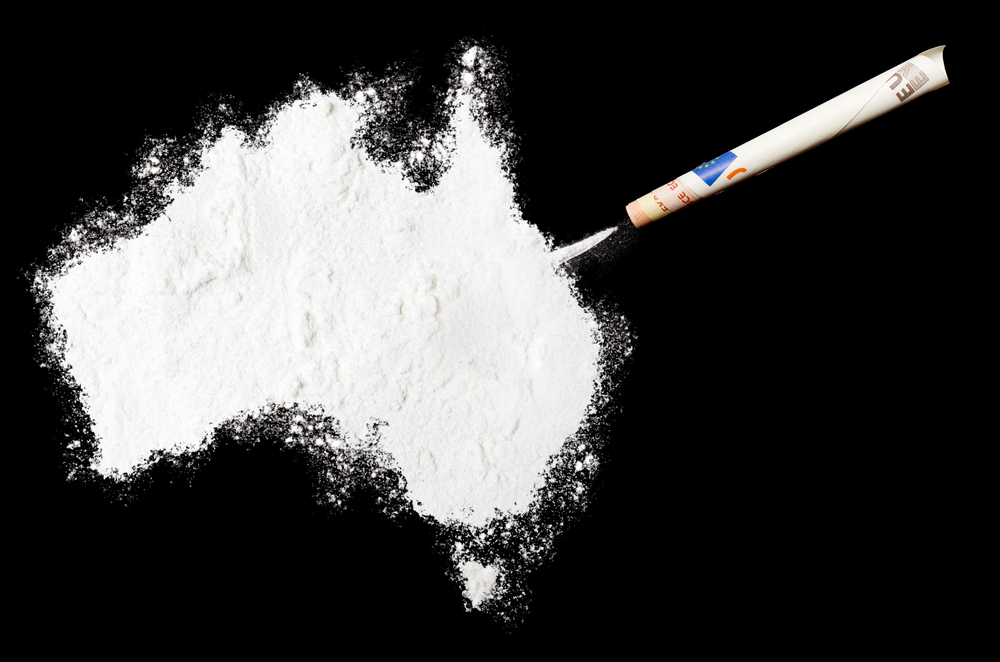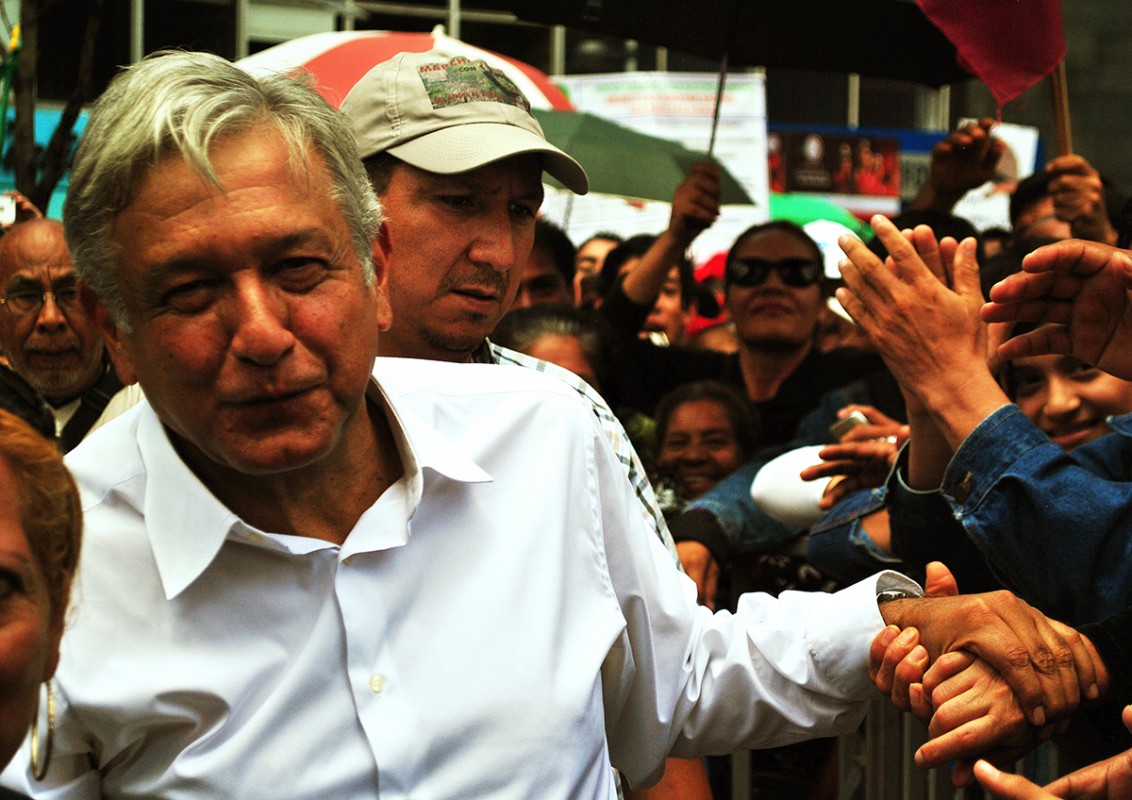When it comes drug prohibition, Australia has witnessed some recent policy developments that have started to challenge the international consensus. Thanks to its federal system of governance, Australia has introduced progressive state-level measures that act as case-studies for potential national change. Already encouraging change has happened: decriminalisation was implemented in three Australian states, with MDMA and psilocybin rescheduled to enable its psychiatric use. These cases show that there is hope for a future of decriminalised, and possibly legalised, substances.
However, none of these explorations of drug law reform were seriously considered for cocaine. This drug’s market continues to be dictated by unfettered demand and organised crime’s capitalist imperative to sell as much for the highest possible price. Whilst the Australians are frontrunners in some drug policy areas, they also possess one of the worst ‘rip-off’ markets for cocaine. Consumers are paying globally high premiums for a low-quality product. A recent study by the Australian National University found 40% of tested cocaine samples had no cocaine in them at all. The cocaine supply is so adulterated, and so profitable, that huge profit margins are made at the expense of consumers’ health, who have no knowledge of the content of the goods they are buying.
Yet, despite the low quality, Australians seem to continue consuming and paying any price for what they believe is cocaine. As of 2019, Australia had the highest known national prevalence of past-year use of cocaine worldwide. Roughly five and a half tonnes are consumed annually, with 11.2% of Australians admitting to some form of cocaine usage in their lifetime.
As researcher Dr. Kev Dertadian described, there are “large pockets of very normalised, middle class party drug scenes in Australia often concentrated around white and affluent areas”. Ultimately, he believed that “drug use is quite normal for letting off steam”.

Cocaine’s Australian appeal
Cocaine is the second most used drug used Australian society (behind cannabis). The explanation for this is not conclusive, yet studies have pointed to its normalisation within social circles and association with the nightlife/party scene in urban areas. he commitment to headline grabbing law-and-order seizures and tough penalties over progressive state control has not effectively reduced use. Demand has only risen, doubling in the last decade. The problem is that this demand is only satisfied by criminal actors, which notoriously lack any incentives to provide quality-assured products.
It is a long journey for cocaine to reach Australia, with many potential seizure opportunities, making it a very valuable commodity. The prices of cocaine per kilo, according to the UNODC in 2021, were around $263,000 USD. Only in Saudi Arabia and the UAE, where some of the strictest prohibition measures exist, had higher prices. This trickles down to the consumer, who on average ends up paying the equivalent of $200-$250 USD for a single gram. This is around three times as much as most European market, reiterating the lucrative potential for the greediest of illegal businesses to dominate.
One potential explainer for the extortionate prices is the element of risk needed to bring cocaine into Australia. The country’s geographic isolation is one factor, and its significant purchasing power compared to the region. This is why New Zealand has similarly high prices for cocaine.
These high prices are absurd given the product’s quality. While Europe has seen an overall increase in cocaine purity levels since 2009 – with half of European market reporting purity levels above 50% – Australia’s purity sits between just 20-30%, with studies showing the average to be 27%. However, as Dertadian told TalkingDrugs, “when something is expensive, it has value, it has quality” – and this perceived sense of product quality keeps driving its consumption, no matter the price.
Controlling cocaine-related harms
According to Australia’s Annual Overdose Report of 2023, of the 2,231 unintentional drug related deaths in 2021, 87 were related to cocaine use, representing 3.9% of the total drug-related deaths. Most drug-related deaths occurred in the most disadvantaged regions of the country; cocaine was the only drug group that broke this trend. From a public health perspective, it is not the biggest priority. Even in its riskiest forms and routes of use, its dangers are minimal: crack cocaine use is insignificant; and for people that inject their drugs, only 1% reported cocaine as their drug of choice.

However, worries do still exist towards the health implications associated with increased coke usage. Of the 884 cocaine related deaths from 2000-2021, nearly half occurred from 2016 onwards. Many of these fatalities were by people with no prior known history of drug use: almost 71% of deaths stemmed from “unintentional drug toxicity” (which includes accidental overdose) and cardiac arrest. This suggests that there is a naivety around the potential harms of cocaine, its interactions with cardiovascular conditions, and how it mixes with other drugs.
Greed seems to drive the cocaine ecosystem in Australia. Consumers are continually demanding cocaine, despite its known low quality and extortionate prices. Suppliers know this, and will continue to cut cocaine to the lowest levels around, maximise their profits. At the same time, the lack of popular knowledge around what cocaine is adulterated with, as well as how to reduce harms from using it, means that the health concerns around its use may rise. Only a total overhaul in the Australian cocaine market, like legal regulation, could come to fix this broken.
As Cate Faehrmann, a Greens MP in New South Wales, argued when making the case for cocaine legalisation:
“Isn’t it time to ask ourselves what harm it would do if we created a strictly regulated cocaine market? We’d say goodbye to the black market and police resources could be deployed elsewhere to focus on other very pressing problems like family violence”.
With cocaine use doubling in the last decade, a sensible solution would be to focus on added interventions to help regulate the current market. Following in New Zealand’s footsteps and legalising drug checking nationally would provide consumers with an ability to make informed decisions on the substances they take. Although in its infancy, CanTEST a drug checking service, has started working in Canberra, also providing a non-judgemental space for consumers to discuss their drug habits with healthcare professionals. Educating Australians on the adulterated nature of the cocaine market and pointing them to drug checking sites without stigma would undoubtedly create a safer environment.
Nevertheless, what to do on cocaine will remain a difficult conversation. Policymakers will most likely be reluctant to enact public education campaigns around its safer use, given its relative low use by Australians. However, the lack of harm reduction information is driving harms for this population, which has also doubled in the past ten years. Cocaine’s trade is also unlikely to get purer or safer due to the market incentive to keep selling impure product at the highest price possible. Legalisation could very well be the only way to transform its harms, control its price, and remove adulterants, while still providing funding for supporting problematic drug use.
While this may still feel unattainable at the moment, politicians like Faerhmann speaking out is useful to bring the topic into the mainstream political agenda. Meanwhile, expanding access to drug checking, and sharing educational material with cocaine consumers would be a great starting point. It would be an interim measure that acknowledges the reality of cocaine use, whilst building the momentum needed to tame the greed underlying the whole cocaine ecosystem.


